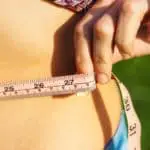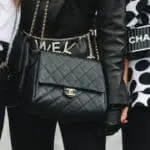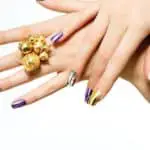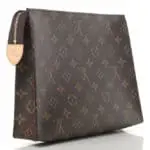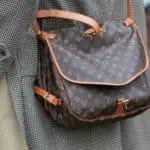If you’re lucky enough to own a Louis Vuitton bag, you probably want to understand it inside and out. From the exquisite stitching on the lining, to the impeccable finish of the handle, knowing all about your bag only makes it more special.
If you’re curious about the history of your bag, you might have tried looking for the serial number.
The surprising thing is, Louis Vuitton doesn’t actually use a serial number. Instead, they use a date code. The date code looks a lot like a serial number, but it’s used to reveal where the bag came from, rather than simply proving authenticity.
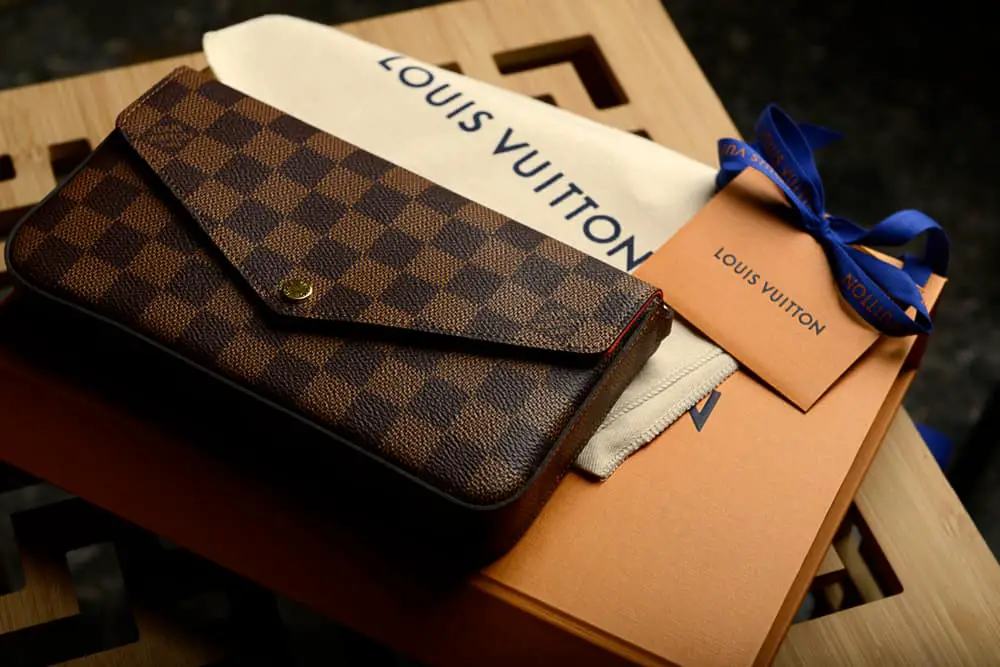
So, what is the Louis Vuitton date code, and how do you understand it? Don’t worry, that small set of numbers doesn’t have to remain a mystery.
In this guide, we’ll teach you everything to know about the Louis Vuitton date code (and why you don’t necessarily need to panic if your purse doesn’t have one).
What Are Louis Vuitton Date Codes?
Many luxury brands use serial numbers as a way to identify a product. The serial number might consist of codes, which are indecipherable to the average user, but mean something to the manufacturer. A serial number should be entirely unique to each item made in a production run.
In 1982, Louis Vuitton decided to adopt the date code, as a means of identifying their purses as authentic. Unlike the serial code, the date code can be the same across several items, if they were made in the same place at the same time.
The original date code was just a string of numbers, but now numbers and letters are used to show the place and time of creation.
Date codes have the primary use of helping you spot if a bag is a fake. A Louis Vuitton without a date code is unlikely to be authentic.
But it isn’t quite that simple. If your older bag doesn’t have a code, it might still be real. We’ll cover all the reasons why later on.
Unfortunately, even the presence of a date code doesn’t always mean the purse is real. If we know about Louis Vuitton date codes, so do counterfeiters.
Date codes are also helpful when purchasing a pre-loved bag, to ensure authenticity, and to help you learn a little more about the item. Louis Vuitton purses and bags can have an interesting history, which might be fun to uncover.
How Do You Find A Louis Vuitton Date Code?
Now that you know the importance of a Louis Vuitton date code, you’re probably curious about how to find the date code on your purse. It can be a little tricky, but there are some key places you can expect them to turn up.
The first place to check is the interior lining of the bag or purse. This is where the date code is most commonly located. Look for a small leather tab or flap, with a code embossed. The leather tab could be stitched into the lining, or into an interior pocket.
The leather of the tab should be a direct match for the leather trim of the bag.
Alternatively, check to see if there’s a code stamped directly onto the lining.
If you can’t find a date code on the lining, check near the handles. This is another area where the date code might be found, particularly on older bags.
How Do You Read A Louis Vuitton Date Code?
The typical Louis Vuitton date code is two letters and four numbers. The letters indicate the country code — where the bag is made. The numbers are used to identify when the bag was made, and show the month and year.
However, Louis Vuitton has modified the date code system over the years. So, if you want to read your Louis Vuitton date code, you need to know all the different codes that have been used.
To read the date code, we’ve put together a list of the country codes, and how Louis Vuitton displayed the year and month. Combine the two, and you’ve deciphered when and where the bag was made!
Finding Where Your Bag Was Made
If you’ve bought a Louis Vuitton bag brand new in-store, then knowing where it was made is simply an interesting curiosity. Louis Vuitton has factories worldwide, and although there’s no difference in quality no matter where your purse was made, it’s still exciting to know the full history.
However, if you’re buying a pre-owned bag, then knowing the provenance can help you spot a fake — especially if it uses a made up country code. But be aware of overlap. Some countries use the same code.
The codes for different countries are:
France
A0, A1, A2, AA, AAS, AH, AN, AR, AS, BA, BJ, BU, CO, CT, CX, DR, DT, DY, ET, FL, LA, LM, LW, MB, MI, ML, MM, NO, RA, RI, SA, SD, SF, SK, SL, SN, SP, SR, TA, TH, TJ, TN, TR, TS, TY, VI, VX.
Italy
BC, BO, CE, FH, FO, FP, MA, NZ, OB, PL, RC, RE, SA, TB, TD.
Spain
BC, CA, LO, LB, LM, LW, GI, UB.
USA
FC, FH, FL, LA, OS, SD, TX.
Germany
LP, OL.
Switzerland
DI, FA.
Items That Have Been Relined
DK
BC (Spain and Italy), FH (Italy and USA), FL (France and USA), LA (USA and France), LM (Spain and France), SA (Italy and France), SD (USA and France).
To check if the date code is real, compare the “Made In” stamp to the country code. If it says “Made In USA” and the country code is OS, then the signs look good. But if it says “Made in Spain” and the country code is AS for France, then it might be the work of counterfeiters.
Finding When Your Bag Was Made
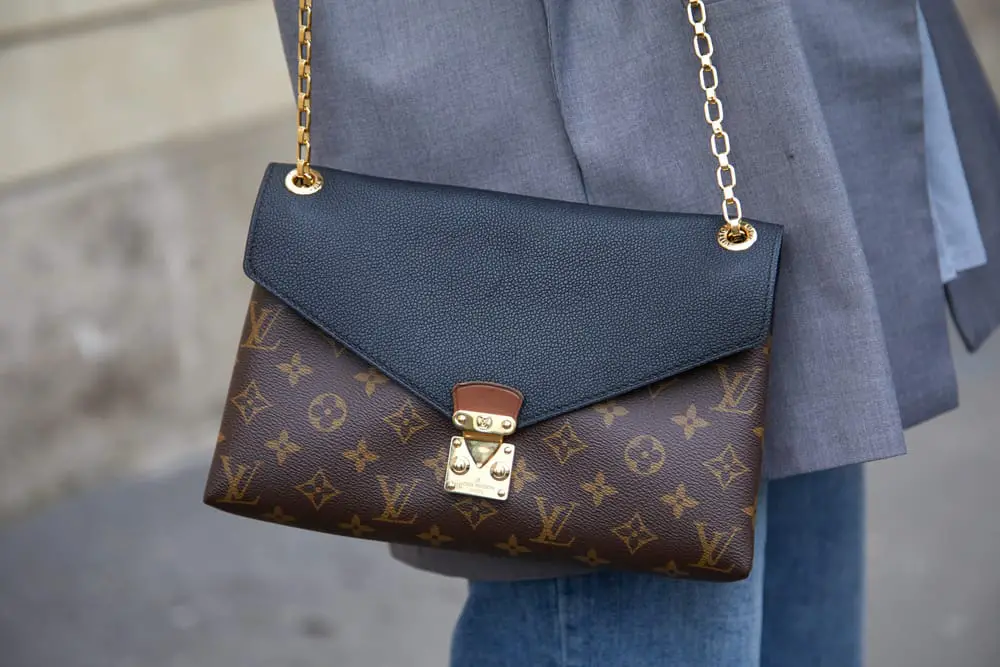
The second part of the date code refers to when the bag was made, and this has changed a bit over the years.
1982 To The Mid 80s
The first date codes that Louis Vuitton used only indicated the date, and nothing about the country of origin.
When Louis Vuitton adopted the date code in 1982, it consisted of only 3 or 4 numbers. These were used to show the year, and then the month. So, a code of 8210 would indicate the bag was made in October 1982.
A date code of 843 would show the item was manufactured in March 1984.
The Mid 80s To The 1989
It wasn’t until the mid 1980s that Louis Vuitton decided to introduce letters to indicate the country of origin to the date code. This new date code consisted of 2 letters, followed by 3 or 4 numbers for the year and month.
So, a date code BA885 would show an item produced in France in May 1988.
1990 To 2006
The date code went through another change in 1990, although it kept to roughly the same format. The 2 letters indicating the country remained, but now they were always followed by 4 digits.
And the order of the digits also changed. The first and third numbers were used to show the month, while the second and fourth indicated year.
A code FC1917 would show the bag was made in the USA, in November 1997.
2007 To 2021
The next shake up came in 2007, although it was only a small change. The date code kept most of the same format, but rather than showing the month, it showed which week of the year. A code reading BA0178 means the item was produced in France, on the 7th week of 2018.
2021 Onwards
In March 2021, Louis Vuitton removed the date code entirely. Now, bags are embedded with a hidden microchip, which can be scanned at Louis Vuitton stores and boutiques. The microchip holds information about the manufacturing history of the item, stored on a blockchain.
You might have noticed that there isn’t a lot of variety in date codes, and many items can have the same date code. This doesn’t mean they’re fake, it just means they were made in the same place at the same time.
My Louis Vuitton Bag Doesn’t Have A Code! Is It A Fake?
If you’ve searched all over your Louis Vuitton bag and can’t find a date code, then there’s no need to panic. First, remember if you bought a bag made prior to 1982, it shouldn’t have a code anyway.
Second, codes can become worn down and damaged over time, as the bag gets used. If you can’t find a code, it might be that the leather tab has worn so the numbers aren’t visible, or it has fallen off entirely.
Newer Louis Vuitton bags also don’t have a date code. From March 2021, Louis Vuitton has replaced the date code system with a hidden microchip. If you’ve purchased a Louis Vuitton brand new and can’t find a date code, then that’s probably the reason why.
The microchips can be scanned at a Louis Vuitton boutique, and hold simple data about the product.
The date code isn’t the only way to find out the authenticity of a Louis Vuitton. If you can’t find the date code, inspect the stitching, the shape, the print, or ask an expert. The date code is very helpful, but it isn’t essential.
That does have the unfortunate flip side that a date code doesn’t always indicate an authentic Louis Vuitton. The quickest way to check is to see if the date code location matches up with the “Made In” stamp. If it doesn’t, the bag is possibly a counterfeit.
- What Is Inseam And Why Does It Matter? - September 9, 2022
- Sneaker Ball Attire Ideas - September 7, 2022
- What To Wear To A Brewery - September 6, 2022

